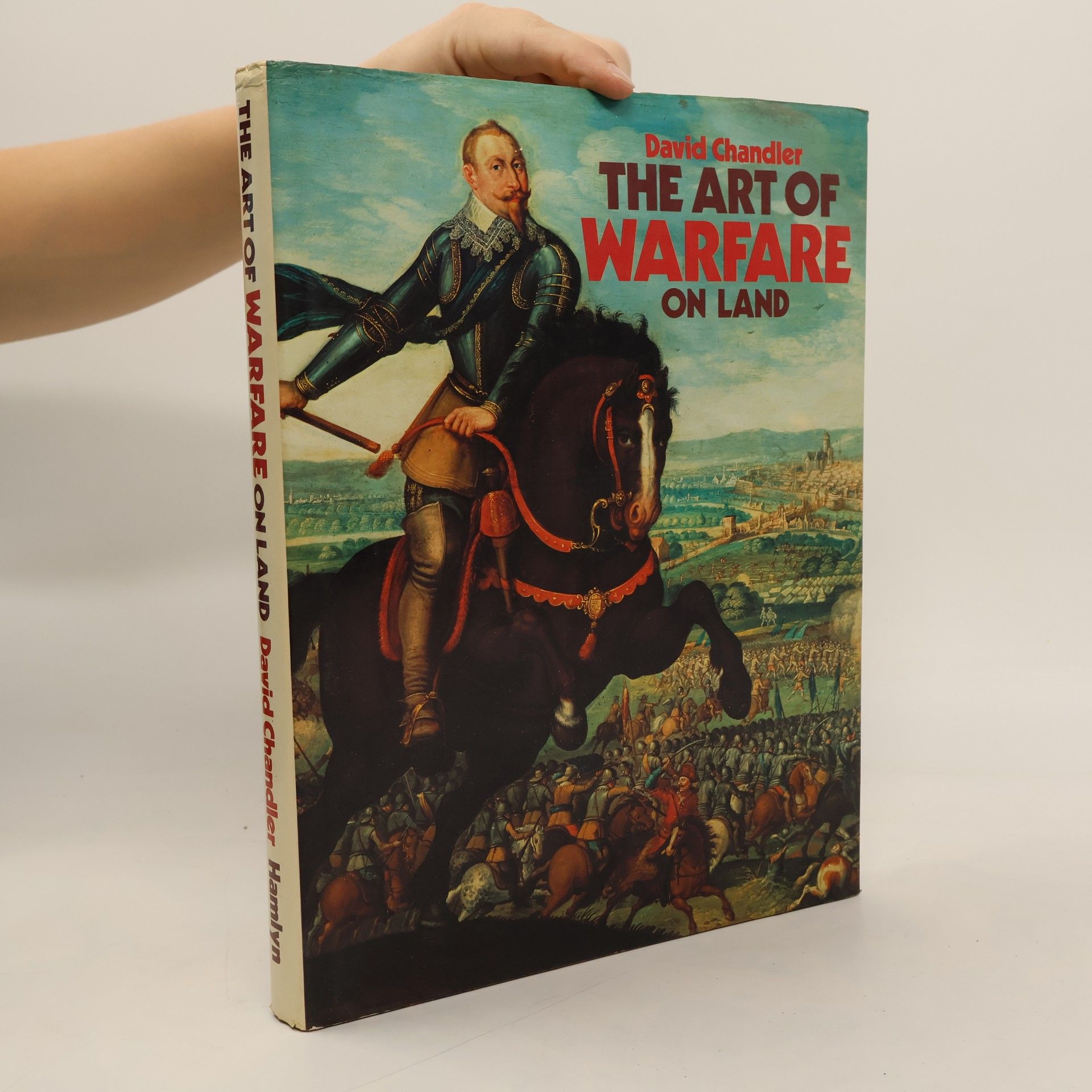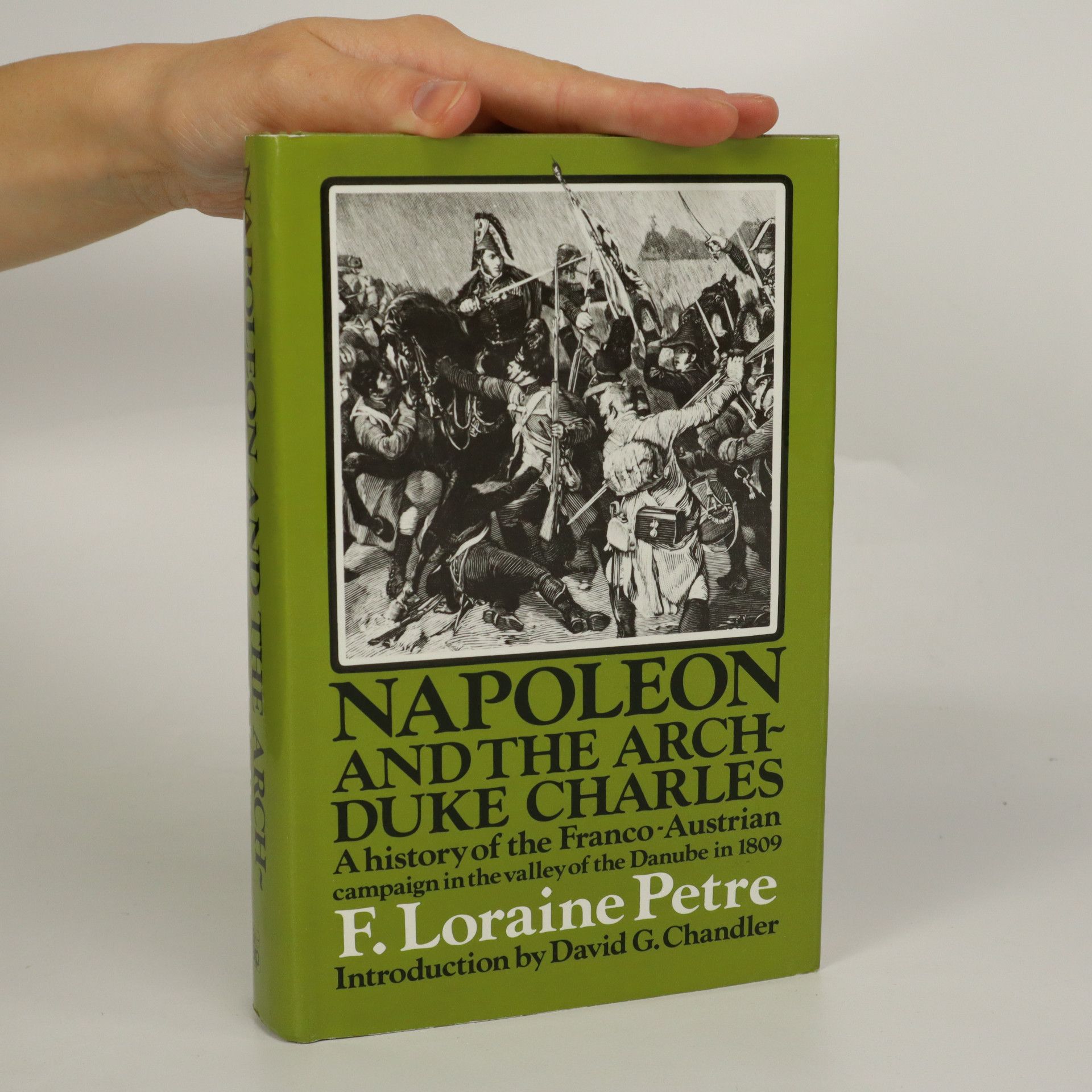One of the most acclaimed histories of this critical campaign at the height of the Napoleonic Wars
David G. Chandler Books
David G. Chandler was a British historian whose scholarship concentrated on the Napoleonic era. His comprehensive accounts of Napoleon's battles are considered definitive, offering unparalleled insight into the era's military strategies and tactical intricacies. Chandler's works are renowned for their deep understanding of military history and their meticulous examination of campaigns.







An analysis of crucial moments in the French Revolutionary and Napoleonic Wars by one of the leading military historians of the twentieth century.
Dictionary of the Napoleonic Wars
- 576 pages
- 21 hours of reading
A reference work on the Napoleonic Wars which covers all the important soldiers, sailors, strategies, armaments and battles that shaped Napoleon's career. Includes information on the campaigns led by Napoleon as well as related events such as the Peninsular War.
The Campaigns of Napoleon
- 1172 pages
- 42 hours of reading
A brilliant and definitive account of great military genius at work.
Art of Warfare on Land, The
- 240 pages
- 9 hours of reading
In 216 B.C. Hannibal brought about the destruction of the Roman army at Cannae using the classical maneuver of the double envelopment. In 1941 the German commander von Runstedt brought off a similar maneuver against the Russians at Kiev and won an equally crushing victory. Drawing fascinating parallels between the military maneuvers of the ancient world and successful tactics in modern wars, David Chandler sets out to demonstrate the constant factors that have underlain the strategies and tactics of the great commanders, from Alexander the Great to Marshal Zhukov. Each chapter includes information on: -- The seven classical maneuvers and the eighth gambit, guerilla warfare -- Advances in weaponry, fortification, communications, army organization and administration -- Strengths and weaknesses of commanders of the period -- Analytical descriptions of two major battles from each period
Historie válek
- 152 pages
- 6 hours of reading
Tato atraktivní barevná kniha dokumentuje pět tisíc let válek, od bitev starých Egypťanů po moderní konflikty s využitím špičkových technologií. Historie válek je zasazena do kontextu, který umožňuje sledovat události napříč kontinenty. Jak uvádí Dr. David G. Chandler, roky míru jsou ve srovnání s válečnými lety zanedbatelné. Motivy pro vedení války, jako "etnické čištění", se v průběhu historie příliš nemění. První část knihy se zaměřuje na vývoj vojenských technologií, od bojových vozů po moderní letadla, a ukazuje, jak tyto technologie ovlivnily způsob vedení válek. Jádro knihy tvoří časová tabulka s více než tisícem válek, každou v historickém kontextu, včetně detailů o taženích a bitvách. Vložené skládané stránky umožňují sledovat průběh válek od prvních konfliktů na Středním východě po světové války a moderní občanské války. Souhrn A-Z uvádí dva tisíce klíčových bitev s daty a informacemi o generálech. Historické bitvy jsou prezentovány v barevných mapách s relevantními statistikami. Další sekce se zaměřují na jednotlivé války, poskytují detailní chronologie a grafické zobrazení klíčových událostí. Kniha také nahlíží do budoucnosti vojenství a doplňuje ji chronologie válek od roku 3000 př. n. l. až po současnost.

